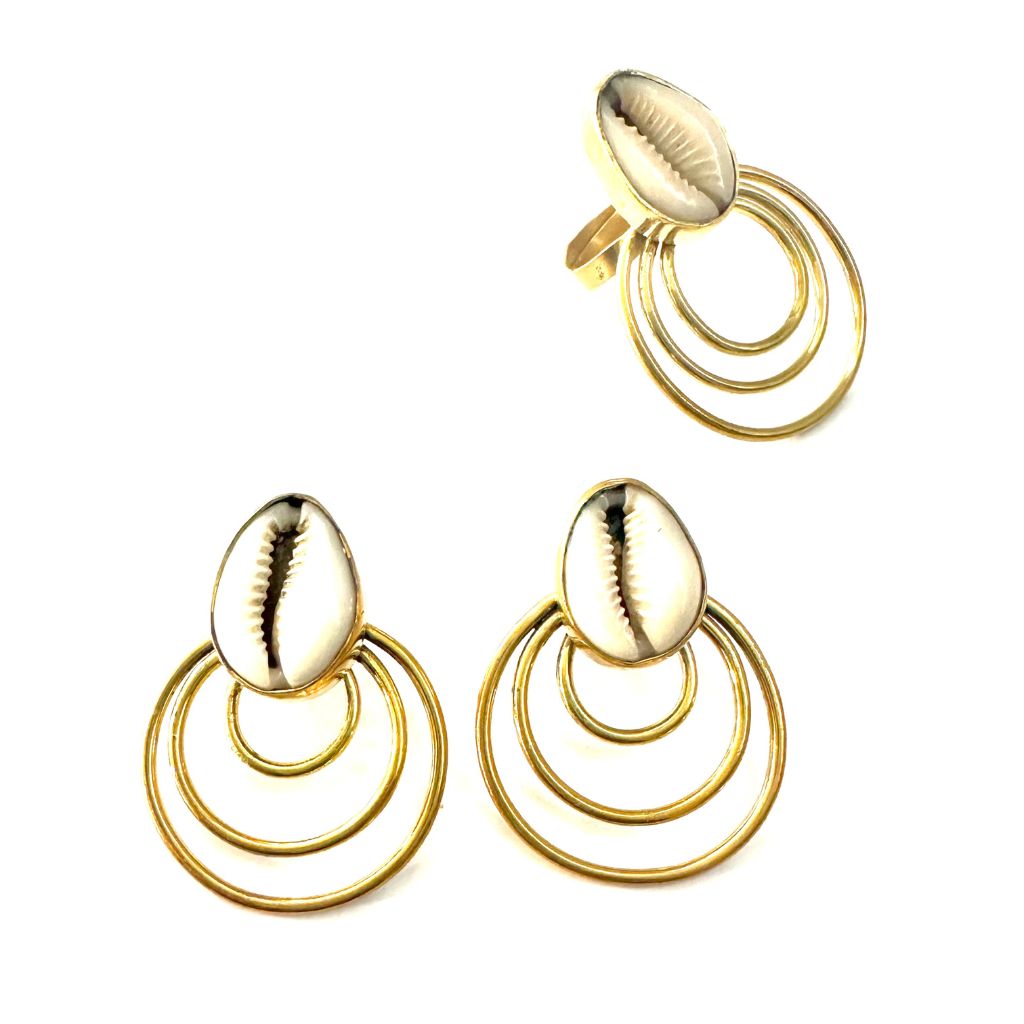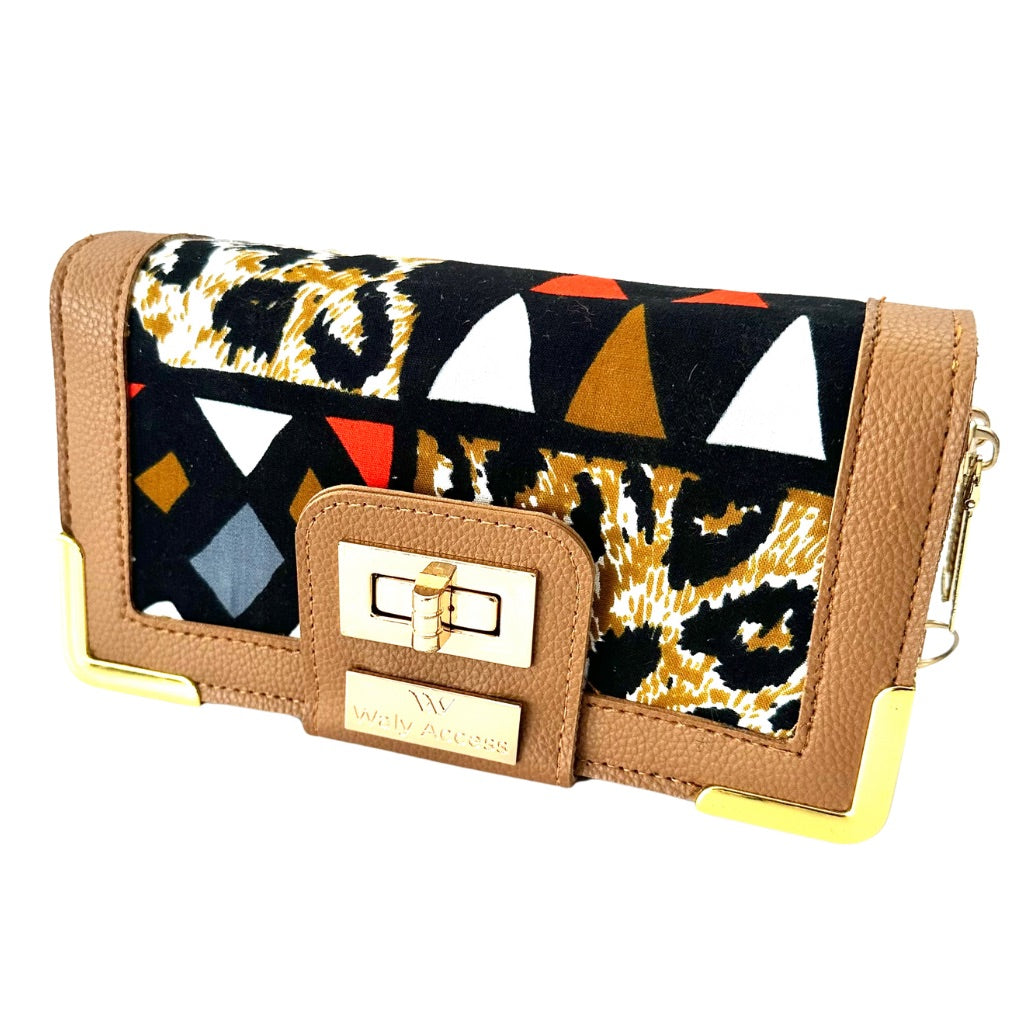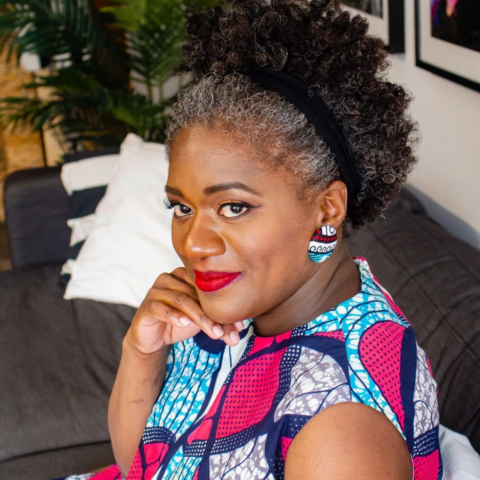Dive deep into the vibrant world of African fashion, a realm where every thread narrates stories of ancient tribes, and where dynamic prints and bold patterns have made their indomitable journey from the heart of traditional tribal wear to the iconic runways of modern haute couture.
Explore the origins of African textiles and their significance in cultural ceremonies and rites.

Africa: a vast continent with an even vaster history, where clothing has always been a powerful storyteller. Each region, tribe, and community had its own unique way of weaving tales of birth, life, wars, peace, and death into their garments.
Consider the intricate beadwork of the Zulu. Beyond its aesthetic appeal, every bead and color has a meaning, revealing something about the wearer, their status, and their journey. The Maasai, renowned warriors from East Africa, adorn themselves with bright red shukas, a reflection of their fierce spirit and close relationship with the earth.
Then there's the colorful kente cloth of the Ashanti people of Ghana, a textile so rich in symbolism that it's often referred to as "African gold". Woven with skill and dedication, the kente cloth is reserved for special occasions, with each pattern and color narrating stories of history, morality, and spirituality. In essence, these weren't just pieces of fabric; they were the very soul of the African people, narrating their joys, sorrows, dreams, and aspirations.
The Power of African Print Fabric:
Understanding the meaning and symbolism behind popular patterns.
In Africa, textiles are more than mere fashion. They are a language, a form of expression, a diary of a continent's heartbeat. Each pattern, whether simple or intricate, holds profound meaning.
A zigzag, often seen on bogolanfini mud cloths from Mali, might speak of the complexities and unpredictable journey of life. Spirals, commonly found on East African textiles, symbolize growth, evolution, and the constant cycle of life and death. Dots, whether isolated or in clusters, can depict community, unity, and strength in numbers.
Take, for instance, the Adinkra symbols from Ghana. These are specific visual symbols, each representing a concept or aphorism, reminding us of the deep wisdom the continent holds. From the "Gye Nyame" symbol, emphasizing the supremacy of God, to "Sankofa", an ode to the importance of learning from the past, these patterns offer insights into the philosophies and beliefs that have shaped African societies for centuries.
Merging Worlds:
How African prints have seamlessly blended with contemporary design.

As the world became more connected, so did the threads of fashion. The once distinct lines between traditional African wear and western couture began to blur, leading to a mesmerizing fusion that the fashion world hadn't seen before.
Designers from Paris, Milan, and New York started to infuse their collections with African aesthetics, enchanted by the rich patterns, bold colors, and the deep-rooted stories these textiles told. The result? Haute couture gowns with kente patterns, bogolanfini prints on high-end handbags, and Maasai beadwork on designer shoes.
This fusion was not just a testament to African textiles' universal appeal, but also a reflection of the global fashion industry's acknowledgment of the depth, value, and versatility of these prints. It was a silent revolution, where African prints made their way from remote villages to global fashion houses, all the while retaining their essence and significance.
Showcasing Pieces:
Highlight a few standout items from the Afro-Canadian collection that embody this fusion.
The Afro-American collection serves as a testament to the harmonious marriage between African aesthetics and Canadian sensibilities. This collection embodies the raw spirit of Africa while echoing the refined nuances of Canadian fashion.
Consider the Aso-Oke bomber jacket: a modern silhouette meeting a traditional Nigerian textile. The jacket resonates with urban appeal, while the Aso-Oke fabric, traditionally used for special occasions, adds a touch of regal allure.
Then there's the Kente-inspired pencil skirt. Sleek, modern, yet bursting with stories from the Ashanti tribe. Each color, each pattern, intricately woven into the fabric, narrates tales of kingdoms, heroes, and age-old traditions. This piece doesn't just showcase fashion; it tells tales of a continent's pride, beauty, and history.
The Modern African Fashion Movement:
A look at current trends, prominent designers, and the future of African-inspired fashion.
The African fashion renaissance is here. Across global runways, from the bustling streets of Lagos to the chic avenues of London, echoes of African-inspired designs are profound. Designers, both from the continent and beyond, are drawing inspiration from its rich heritage, giving birth to pieces that are contemporary yet timeless.
Names like Duro Olowu, with his breathtakingly vibrant palettes and bold patterns, and Maki Oh, who masterfully blends traditional textiles with modern silhouettes, are leading this movement. These designers, and many more like them, are redefining global fashion norms, proving that African prints are not just a trend, but an everlasting source of inspiration.
Looking ahead, the future of African-inspired fashion is luminous. As more designers embrace its history and narratives, and as the world grows more appreciative of its depth, the influence of African prints is set to soar, weaving tales of the past with visions of the future.
Conclusion:
Fashion is an ever-evolving entity, but its true essence lies in the stories it tells and the emotions it evokes. The rich tapestry of African prints, with its deep-rooted histories, vibrant colors, and profound meanings, offers not just a style statement, but a journey. A journey that reminds us that even in this rapidly changing world, the soul of fashion lies in the tales it narrates. In this dance of threads and colors, Africa's voice resonates powerfully, reminding us of our shared human heritage and the timeless stories that bind us together.




